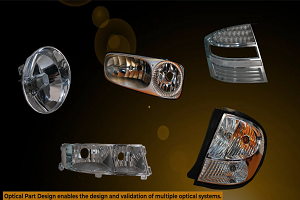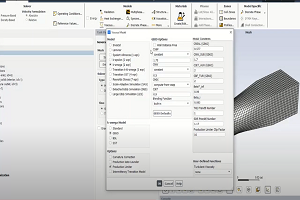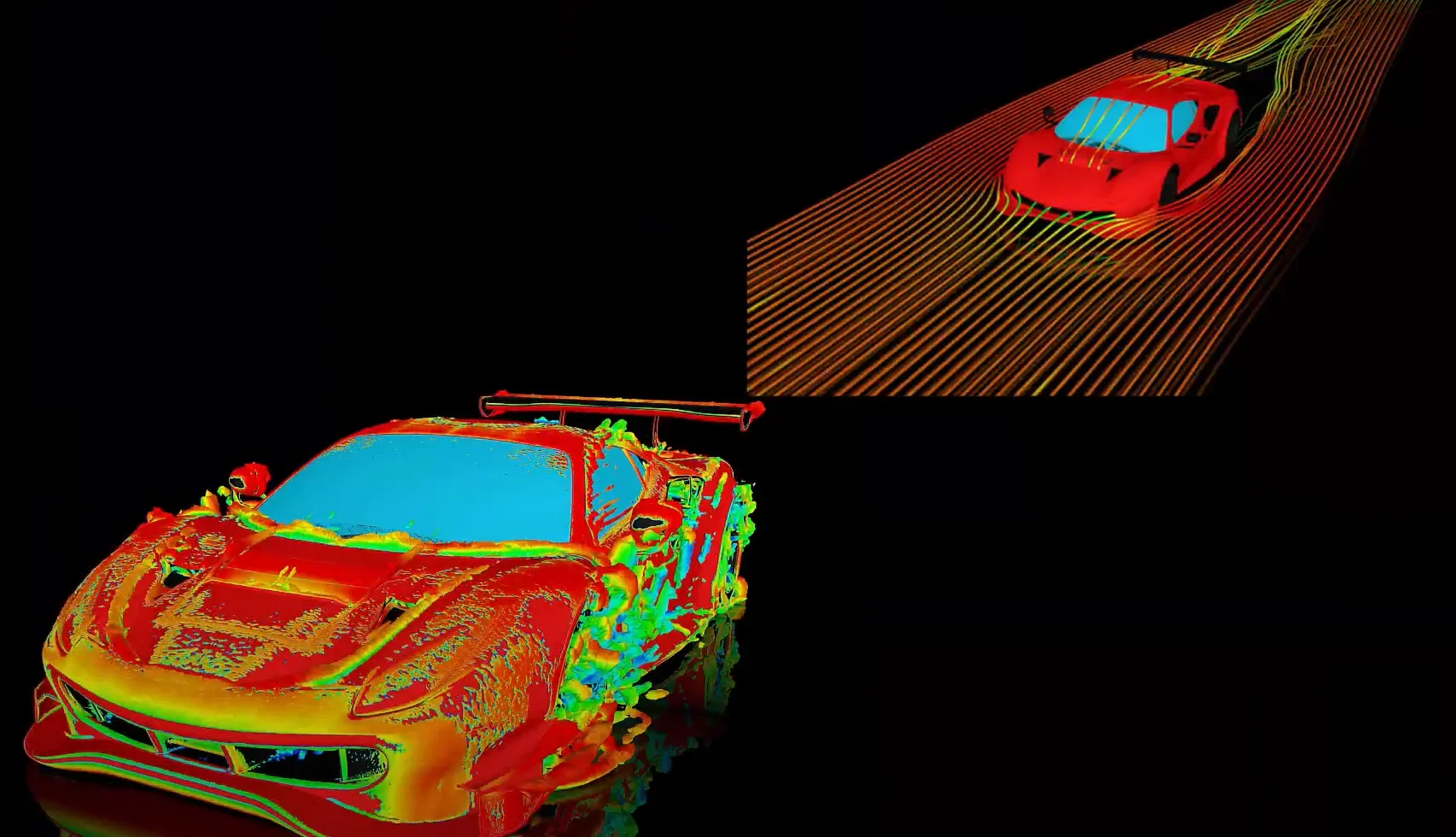-
-
May 25, 2023 at 7:30 am
 SolutionParticipant
SolutionParticipantIt is possible to reduce the number of ports of the component without re-solving HFSS design. One of the workflow is to dynamically link HFSS model to the circuit design by performing the steps: -Open a new circuit design in the same project as solved HFSS design; -dynamically link HFSS model to the circuit design by dragging the HFSS design icon and dropping it into the Circuit design in the Project Manager window (Fig.1); – In the circuit design, connect pins that should be left in the component to the ports (Fig.2); -define the default behavior for unconnected pins for the component (linked HFSS design here). Perform the following steps (Fig.3): -Right click on the component, choose Edit Component. In the window, choose Terminal tab. -Select the unused pins, change “Unconnected/default behavior” to Grounded -Set “R to ground” to a desired value, for example 50 -Click “Apply to selection” button -Nothing will change in the schematic, but the change will be visible in netlist (Fig.4). -Define Linear Network Analysis in the circuit design using the same frequency points as in HFSS frequency sweep, run the analysis. -After analysis is completed, right click on Linear Frequency line in Project Manager and choose “Export Solution”; -In the pop up window, the S-matrix size is 2×2, proceed and export matrix data as usual.
Attachments:
1. how%20to%20export%20touchstone%20file%20with%20reduced%20number%20of%20ports.pdf
-


Introducing Ansys Electronics Desktop on Ansys Cloud
The Watch & Learn video article provides an overview of cloud computing from Electronics Desktop and details the product licenses and subscriptions to ANSYS Cloud Service that are...

How to Create a Reflector for a Center High-Mounted Stop Lamp (CHMSL)
This video article demonstrates how to create a reflector for a center high-mounted stop lamp. Optical Part design in Ansys SPEOS enables the design and validation of multiple...

Introducing the GEKO Turbulence Model in Ansys Fluent
The GEKO (GEneralized K-Omega) turbulence model offers a flexible, robust, general-purpose approach to RANS turbulence modeling. Introducing 2 videos: Part 1 provides background information on the model and a...

Postprocessing on Ansys EnSight
This video demonstrates exporting data from Fluent in EnSight Case Gold format, and it reviews the basic postprocessing capabilities of EnSight.

- Cloud Computing from Electronics Desktop
- How to enable GPU acceleration in Electronics Desktop?
- How to import/export an Ansys Maxwell model in Workbench?
- How to fix messed up Windows layout?
- How do I calculate inductance and resistance of a coil in post-processing phase?
- What are the available boundary conditions in Maxwell?
- Electric Motor Design Using Ansys Motor-CAD – Part 1
- How to create and manage a queue of simulations?
- ANSYS Electronics Desktop: Simple Communications Channel For Signal Integrity Analyses – Part III
- ANSYS Electronics Desktop: Simple Communications Channel For Signal Integrity Analyses – Part I

© 2025 Copyright ANSYS, Inc. All rights reserved.


